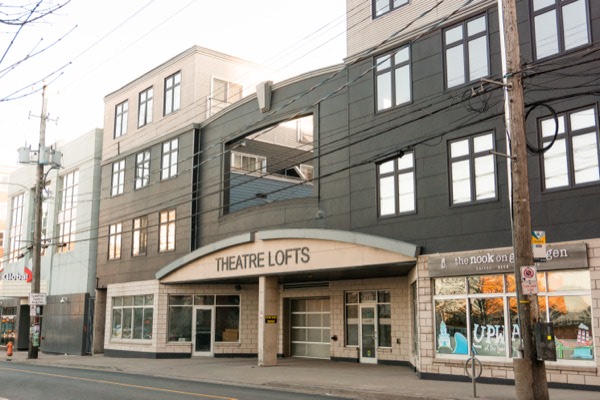You have secured your mortgage approval, but is it what you can truly afford? Here’s what you need to know.

Deciding between your RRSP and TFSA
You find yourself in the alternative “milk” beverage section of the grocery store. There are alternative beverages galore for whatever your taste buds desire. You have the classics like almond and soy milk and newer varieties like oat milk. When deciding which one, you take into account the advantages and health benefits of each one. Each milk alternative serves a purpose to consumers much like the investment options available to Canadians. Many may find it overwhelming to choose between an RRSP and TFSA to invest their money in. When broken down, the choice between an RRSP and TFSA can become very simple.
RRSP Benefits
A Registered Retirement Savings Plan, or RRSP, is a tax-advantaged account. Providing tax breaks to people who invest money in them, encouraging investors to use them for retirement. In other words, the money contributed to an RRSP is considered pre-tax contributions. So, if your annual salary is $90,000 and you put $5,000 into savings every year, you would only be taxed on the $85,000. When the money is withdrawn from the RRSP, the money will then be taxed like income. During retirement when you withdraw from your RRSP, you will hopefully be in a lower tax bracket. Your income is lower than it was during your working years, which will impact the tax bracket you are placed in. You want to invest in your RRSP when in a higher tax bracket so that when you are in a lower tax bracket you can withdraw for a lower rate.
RRSP in Home Buying
An investor’s RRSP can also be accessed when buying a home. First time home buyers can qualify to borrow money from their RRSP to purchase a home. Through the First Time Home Buyers’ Plan, Canadians can withdraw up to $35,000 from their RRSP. Couples can each contribute to a total of $70,000. Unlike withdrawing during retirement, withdrawing through the First Time Home Buyers’ Plan does not have any immediate tax implications. This means that homebuyers can withdraw funds for the purchase of a home without being taxed on the income. The home buyers utilizing the plan must make the required payments in the following 15-years to avoid the income tax. These repayments start the second year after the year in which you took funds from your RRSP. If the minimum payments aren’t met, the repayment amount will be added to the annual income and taxed for the year.
You can learn more about repaying the funds to your RRSP on the Government of Canada website here.
TFSA Benefits
The TFSA, or Tax-Free Savings Account, is a flexible savings tool for Canadians. A TFSA is not limited to savings for retirement and can be used for a variety of things. Additionally, your TFSA doesn’t offer the same tax-advantages as an RRSP. A TFSA allows funds to grow tax-free, but the money contributed is considered after-tax. So, if your annual salary is $90,000 and you put $5,000 into your TFSA every year, your annual income tax will be on the full $90,000. However, since taxes are paid initially, investment gains and withdrawals are not taxed. The government also mandates a maximum limit that can be contributed every year, which will vary. If money is not contributed for a year, the limit will roll over to the next year.
TFSA in Home Buying
A TFSA can also be used to help fund the purchase of a property. Homebuyers typically find it more beneficial to leave money in their TFSA and use funds from their RRSP to purchase a home. The money left in the TFSA is worth more over time than in an RRSP since the money is tax-free upon withdrawal. However, a buyer’s tax bracket also plays a role in the benefit of withdrawing from one over the other. It may be more advantageous to pull from your TFSA if you expect your tax bracket to go up in the coming years. This way you can use your RRSP contribution room at a higher tax bracket and benefit from a higher tax deduction. You can withdraw funds from your TFSA similar to a regular saving account to be used for your downpayment.
You have options
Some homebuyers find they need to pull funds from both their RRSP and TFSA. Each will help you invest your savings and plan for the future. If you are in a higher tax bracket or want to take advantage of the First Time Home Buyers’ Plan, you will save money by contributing to your RRSP. Conversely, if you are in a lower tax bracket and will see an increase in your income in the future, you may benefit from investing in your TFSA.
Deciding between an RRSP and TFSA can seem daunting at first, but it doesn’t have to be! When you are planning to buy your first home and need some advice, give us a call at Clinton Wilkins Mortgage Team! You can reach us at 902-482-2770 or get in touch with us here!


